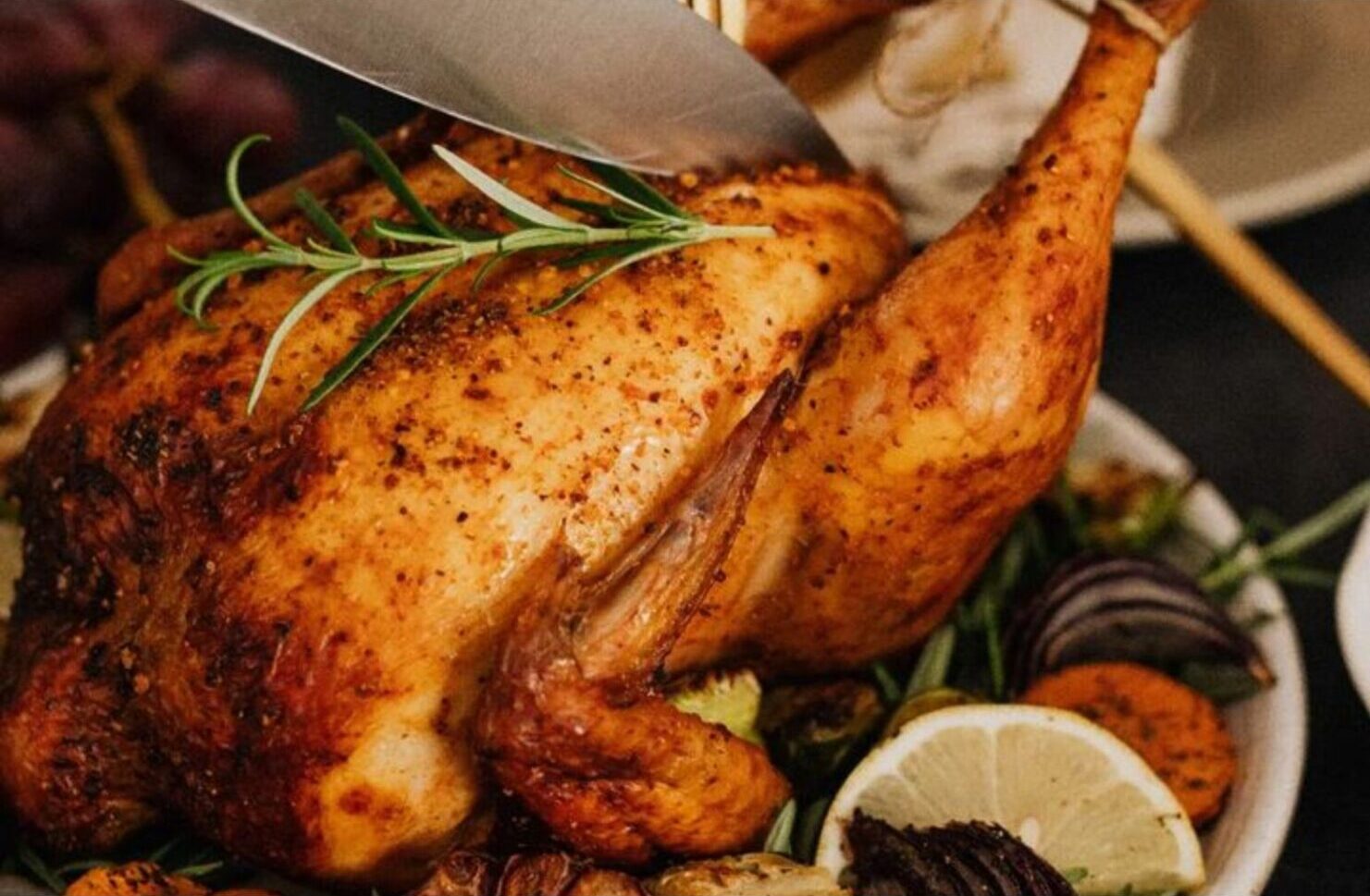Here at Argaux, we believe that great rosé should be enjoyed year round, not just during a specific season (#RoséAllDay, right?) However, come late spring, there’s no denying the extra special feeling that comes with drinking pink beneath the sun. After numerous years of working in the biz, we noticed that many rosé lovers find themselves in the South of France trap – that’s to say, when it comes to shopping for rosé wine, Provence tends to be a safe haven. As much as we love pinks from Provence, we can’t emphasize enough how many delicious rosés exist beyond France’s borders!
We got to thinking – how could we help our community break free from their classic cases of Provence or Nowhere? To highlight the best that the world of rosé has to offer (and to celebrate the summer season in style), we came up with our new Shades of Rosé shipment, featuring our top pink picks from around the world.
Our Shades of Rosé program will feature a new rosé each month starting in May with the option to choose 3, 6, or 12 bottles total. Free shipping on 6 bottles or more plus case discounts! Shipments will also include curated tasting notes and technical information about the wines for better understanding of what’s in the bottle! As always, all of our picks will come from sustainable, organic, and/or biodynamic estates. For those looking to dive deeper into the world of rosé – or for those already in the know who simply can’t get enough – you don’t want to miss this one.
Rosé No. 1 – 2020 Origin Rosé
We also noticed that quite a few misconceptions loom around the subject of rosé, and we’re here to break them once and for all. Here are our answers to a few of the most commonly asked questions surrounding rosé wine:
How Is Rosé Made?
There are two main ways in which rosé wines are made: direct pressing and saignée. Direct pressing is exactly what it sounds like – taking grapes and directly pressing the juice out of them! Red wines get their hue from contact spent with the skins, therefore, when the contact is completely eliminated or kept to a minimum, the resulting juice is pink hued rather than red.
The saignée method, which literally translates to “bled” method, involves removing juice from a soon-to-be red wine that is still macerating on its skins. By “bleeding off” some of the juice, the product left with the skins becomes a more concentrated red wine, and the excess juice that’s been pressed off becomes rosé. This process ultimately yields the same amount of wine at the end of the day, though creates two different products rather than one.
The last way in which rosé is made is by blending, which again, is quite literally what it sounds like – mixing red and white juice together to create pink wine. While this method is frowned upon in most wine-producing areas, this is actually how rosé Champagne is made!
Is Rosé Sweet or Dry?
Rosés are produced all over the flavor and style spectrum, ranging from dry to sweet in both still and sparkling formats. However, most rosés on the market tend to be dry, meaning that there is no presence of residual sugar. Dry wines with ample fruitiness technically aren’t sweet, so in these cases, we recommend using terms like fruit-driven or fruit-forward to avoid confusion!
Where Are Some of the Best Rosés From?
While some of the planet’s best rosés do indeed come from Provence, there’s a whole world of rosé just waiting to be discovered. We’ve recently tasted (and loved) expressions from France’s Languedoc and Loire regions, as well as the Canary Islands, Sicily, California, Portugal, and beyond. In the world of drinking pink, the options are pretty much endless!
Which Foods Should I Pair with Rosé?
Because of their high acid, absent tannins, and ample fruit-forwardness, dry rosés can basically pair with any and all foods, depending on their weight, body, and specific flavors. Classic pairings for pale-hued pinks include fresh salads, Mediterranean-inspired mezze, raw bar favorites, and more, while darker-hued rosés (think from Tavel and Navarra) are stunning with burgers, barbecued meats, and other grilled treats.





